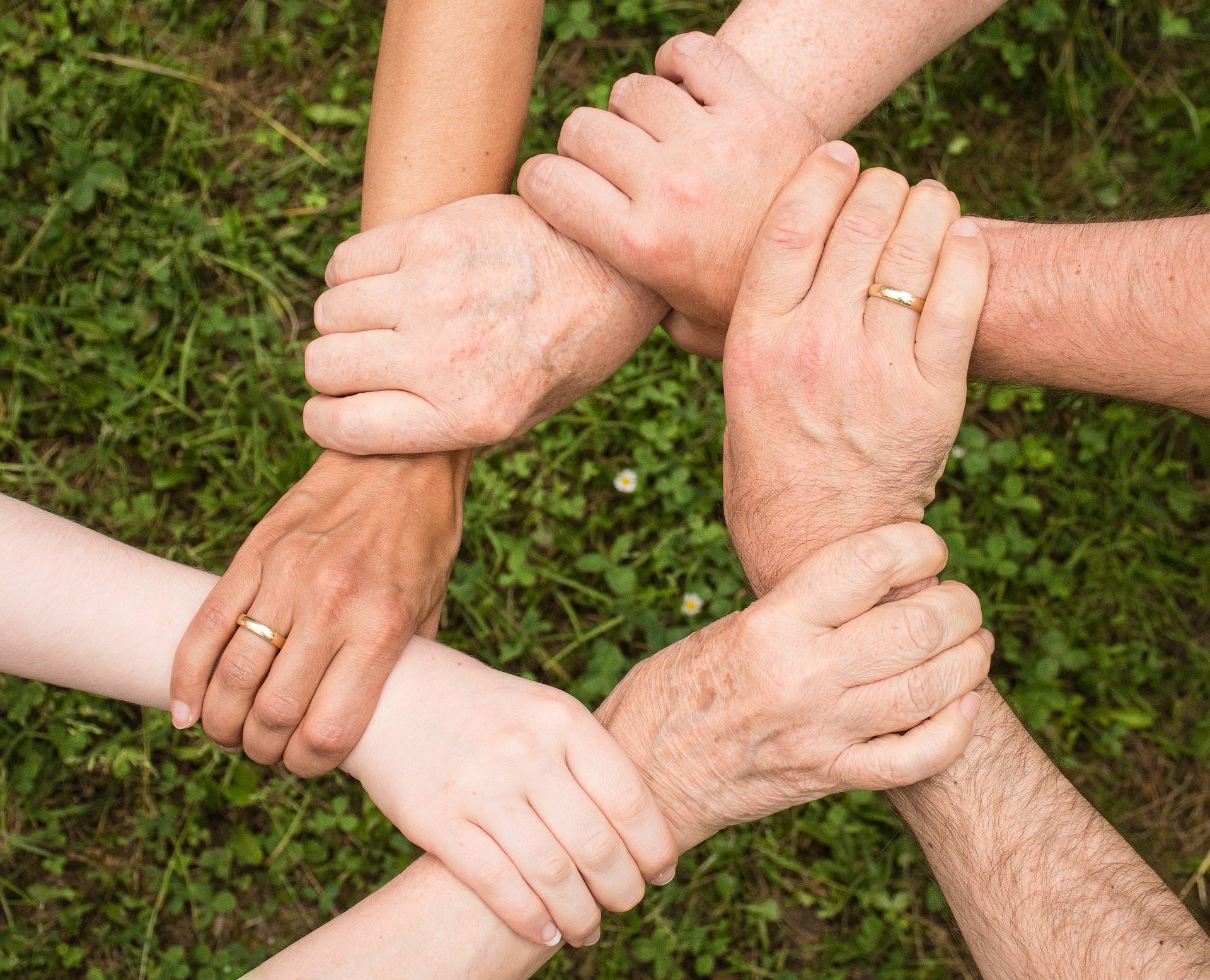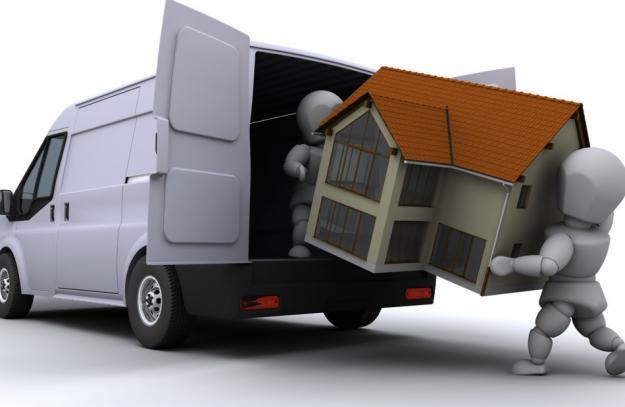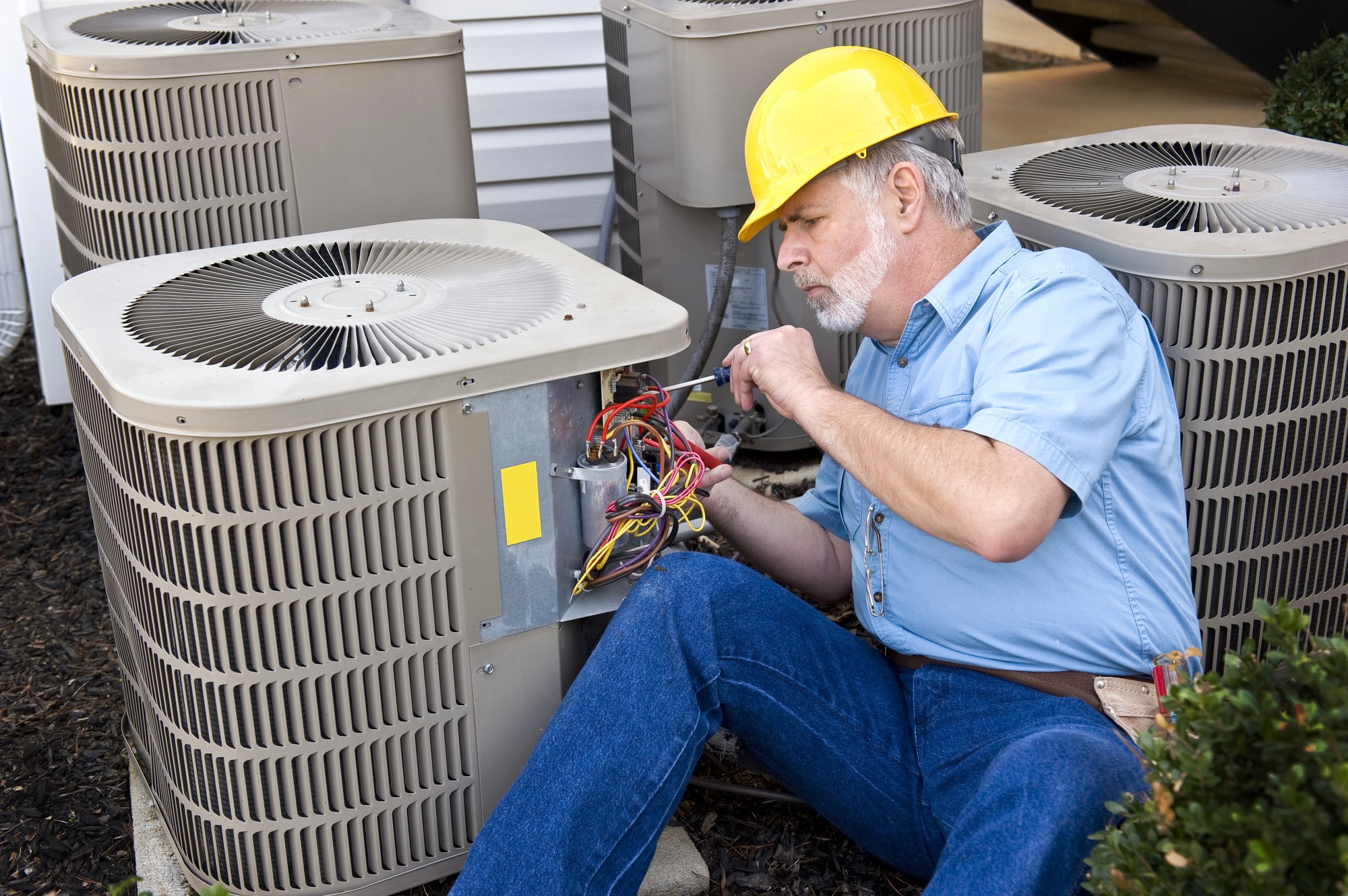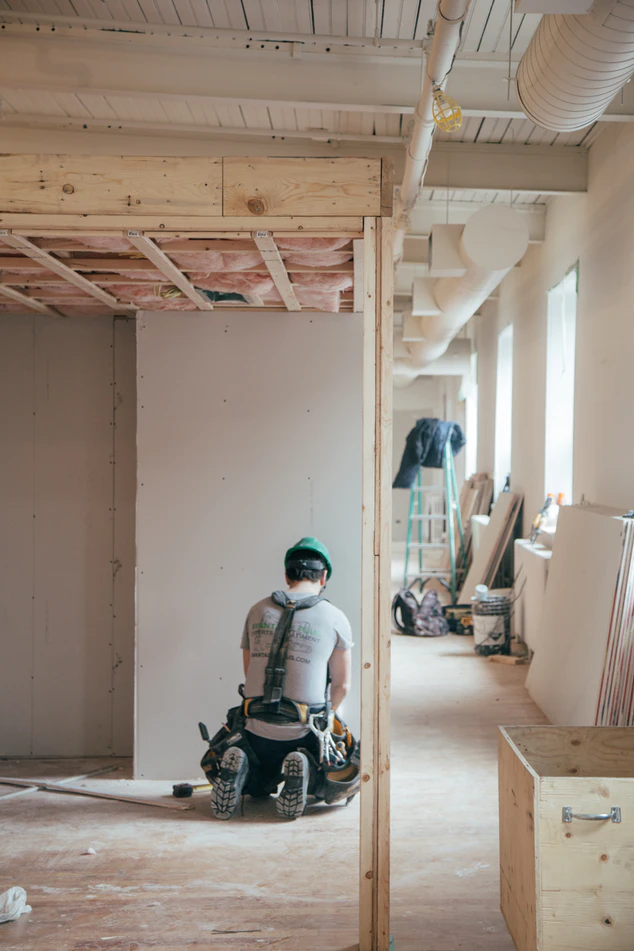
Our planet’s climate is changing at an unprecedented pace, and the devastating impact of this is very evident today. Every year, the frequency of adverse natural calamities such as floods is increasing and causing major devastations across the globe. Of course, no one can prevent nature from unleashing its response to years of exploitation, but we can always work to mitigate the adverse impact of these calamities.
You see, one cannot stop an entire flood, but when a group of people come together, they can certainly minimize damage. This calls for creating a sustainable and flood-resistant community that can come together and stick with one another when things get difficult. But how to create such a community is the most significant question here. So, let’s dive into the details and get more clarity on the matter.
What Is Flood Resilience All About?
Flood resilience is now becoming a very popular term with the increasing number of floods around the planet. Generally, flood resilience means minimizing damage during floods and reducing the risk for the community and infrastructure. This also means taking proactive actions for better flood detection, water management, giving river waters enough to flow without interruption, and more.
Effective flood resilience will help communities recover from the damages of the flood without losing all their fortune in the meantime. Besides that, better flood resilience will also help hasten the recovery process for everyone. However, flood resilience is not something you can do alone; you will need active community members to take part and contribute to the cause. Given the increasing number of flood events every year, it is high time people take part in mitigating the adverse impact of floods.
How To Build a Sustainable And Flood-Resilient Community?
As mentioned earlier, flood resilience is not something you can achieve alone, but it requires the support of an active community. However, contrary to popular perception, building a sustainable and flood-resilient community is not as challenging as it may appear. All you need to do is focus on a couple of areas, and things will work fine.
Start With Raising Awareness
The first thing you need to do to build a sustainable flood-resistant community is to generate awareness. It is easy for people to ignore the complexities of floods, which cause devastating impacts when the flood comes out of nowhere. Therefore, you need to get people on board to minimize the damage these floods can cause.
You can use different channels to connect with people and make them aware of the potential devastation floods can cause. For instance, social media can be an excellent tool to generate more awareness among community members. Once you clarify that, it will be much easier to ensure that people engage as a community and that everyone works together.
Educate Community Members
The next big thing you need to do is educate all communities about floods. Most people who suffer from the devastations of flooding events are mostly unaware of the what(s) and why(s) of floods. You must make an effort to educate them about the uniqueness of your specific geography and explain why your terrain is prone to flooding.
It is very important that people first understand what causes the flood before they can take any action. Therefore, you can consider having a seminar or even handing out pamphlets explaining floods in a simple and understandable manner. Besides that, you can even use modern digital media channels to inform people about floods and educate them on the matter. First, however, you must provide people with the right and correct information about floods to ascertain your credibility among them.
Determine Your Goals
Every flood-prone area has its unique geographical specifications, so it is understandable that one size does not fit all here. However, now that your community members know and are educated about floods, it is important to evaluate your geography effectively. This will help you get a practical understanding of specific factors that trigger floods.
You can then make tangible goals and try to mitigate the impact of the flood even if you cannot prevent it. You must also take the valuable feedback of every community member to see if they have something to offer. With everyone’s wisdom and efforts bundled together, taking necessary actions for better flood resilience will become much more manageable.
Raise Funds For Your Cause
Now that you have an actionable plan, it is time to get the resources to materialize your plan. Needless to say, you need money to bring together all the necessary resources to bring your plan to action. Given the urgency of your cause, it should not be challenging to raise funds for your cause.
You can ask every community member to chip in whatever sum they are comfortable sharing for a flood-resilient community. Besides that, you can ask the government to fund your cause through some schemes and subsidies. In addition, local businesses and similar stakeholders must also contribute to the cause since it is a great way to give back to the community they live around. Lastly, online fundraisers can also go a long way on this front.
Implementing Tried And Tested Flood Mitigation Measures
By now, you should have all the important ingredients for building a sustainable and flood-resilient community. Hence it is time to put your plan into action and implement the necessary measures for mitigating the damage caused by floods.
This can include different things, such as minimizing conflict between infrastructure and floodplains or river corridors. Besides that, working to enhance the community’s ability to respond during a flood can also go a long way here. You need to choose your flood resilience strategies based on the unique characteristics of your geography.
Conclusion: Bottom Line!
The bottom line here is that a sustainable and flood-resilient community is the need of the hour. Besides, building such a community is not very challenging as long as you do the right things at the right time. So, make sure you are mindful of the aforementioned information to ensure your community becomes both sustainable and flood-resilient.








